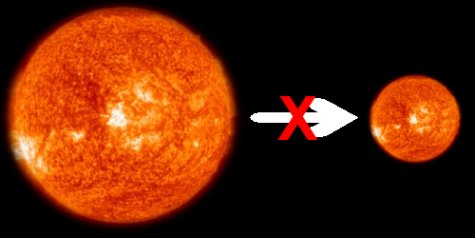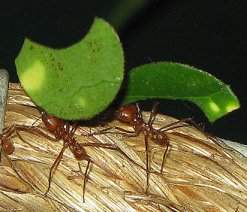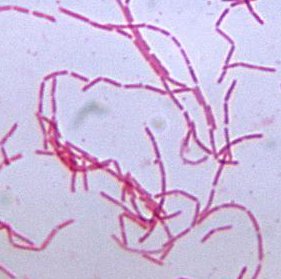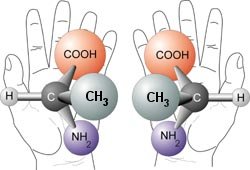Creation Made Free: Open Theology Engaging Science is an attempt by open theism to grapple with the issues of creation, evolution, and the scientific process. It contains many chapters, each authored by a well-known voice in modern Christendom. If you have read my blog from its early days, you know that I am sympathetic to open theism. I am not an open theist, but I certainly think that open theism takes the Bible more seriously than most other theologies in modern Christendom. I also think open theologians have displayed some truly original thinking when it comes to understanding many Biblical passages that most Christian theologies would rather ignore. Thus, I was excited to get the chance to read this book on my vacation. Unfortunately, my excitement quickly gave way to disappointment.
When it comes to the issue of origins, this book takes a theistic evolutionary position. Now I don’t necessarily have a problem with that. While it is a very weak scientific position to take, a Biblical argument can be made for it. I consider that argument to be rather poor, but not as poor as the scientific argument. Nevertheless, theistic evolution itself doesn’t bother me all that much.
Here’s the source of my disappointment: There are some wonderful ways that Christians have addressed the origins issue throughout the history of Christendom. However, this book shows that the same people who demonstrate incredible originality of thought when it comes to theology and philosophy subscribe to the most mundane, worn-out modern view of origins: that God “set everything up,” and evolution then took care of the rest.






